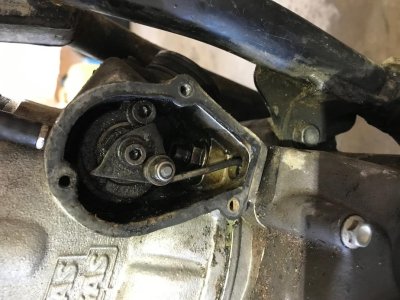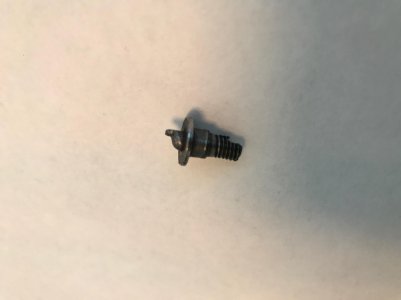I have been struggling with a weak spark issue: http://www.gasgasrider.org/forum/showthread.php?t=25181
Now that I finally have a new stator installed, I noticed that - while using the kick start (no plug installed) - coolant comes out of the spark plug hole as well as between the cylinder and engine block.
Is this a 'fatal' damage? I mean while lacking the tools & know-how, would it make any sense to have the engine repaired?
Now that I finally have a new stator installed, I noticed that - while using the kick start (no plug installed) - coolant comes out of the spark plug hole as well as between the cylinder and engine block.
Is this a 'fatal' damage? I mean while lacking the tools & know-how, would it make any sense to have the engine repaired?


